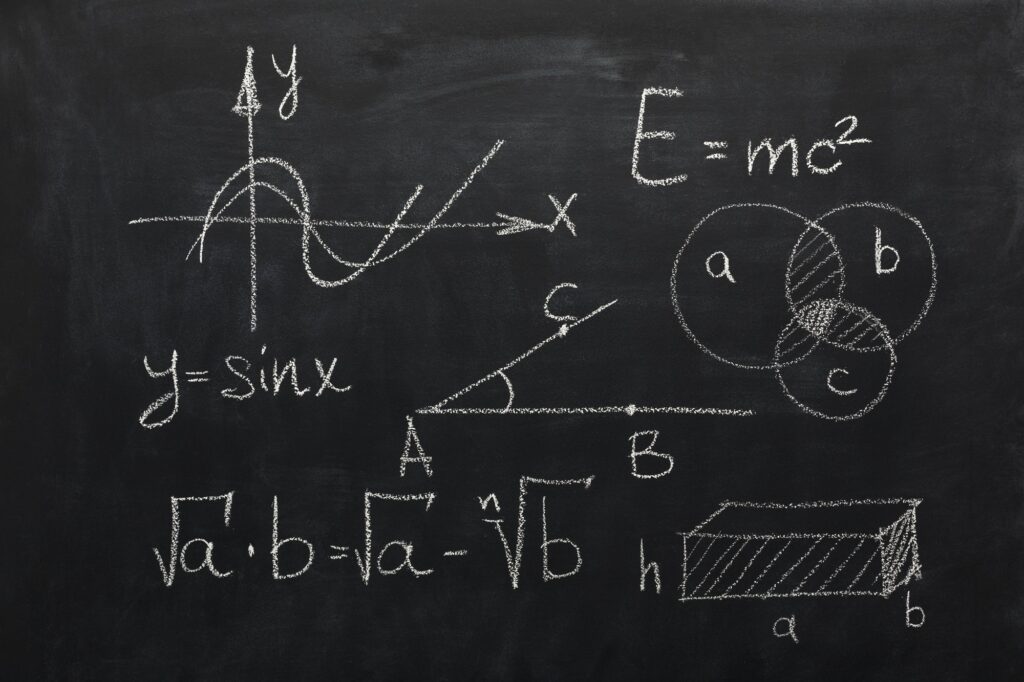For the last couple of years, some of my colleagues and I have worked on developing a model which commands a shift in pedagogy. This model: “Discourse-based collaborative approach to Mathematics Learning” describes some of the essential components of teaching and learning that play a vital part in fostering student engagement in learning. Teachers’ and students’ beliefs, explicit acts of teaching, contextualised learning, creation of a safe learning environment and connecting student experience with mathematics learning are some of the essential components of effective classroom practices.

Safe classroom environment and deliberate effort on setting discussion norms promote student-to-student interaction and students taking greater ownership and control in self-learning. This approach allows students to model and share their thinking. While sharing and discussing their solution methods as well as learning from others’ solution methods, students start to reflect and self-correct their misconceptions. The change in teacher pedagogy encourages teachers to provide challenging, rich and meaningful tasks to students. Challenging tasks encourage students to find the logic behind solving a problem, share their reasoning for solving, justify their solution and also gives them opportunities to generalise.
The students of 21st century are active learners. A student needs to have opportunities to explore multiple solutions to solve open-ended tasks, to reflect on their own learning and collaboratively learn alongside other students by discussing the task and formatting friendly mathematical argumentations.
This model has worked well in most in-depth schools. The students are engaged in solving mathematics tasks, have gained confidence in the subject and have displayed an increase in their achievement data.



 by
by